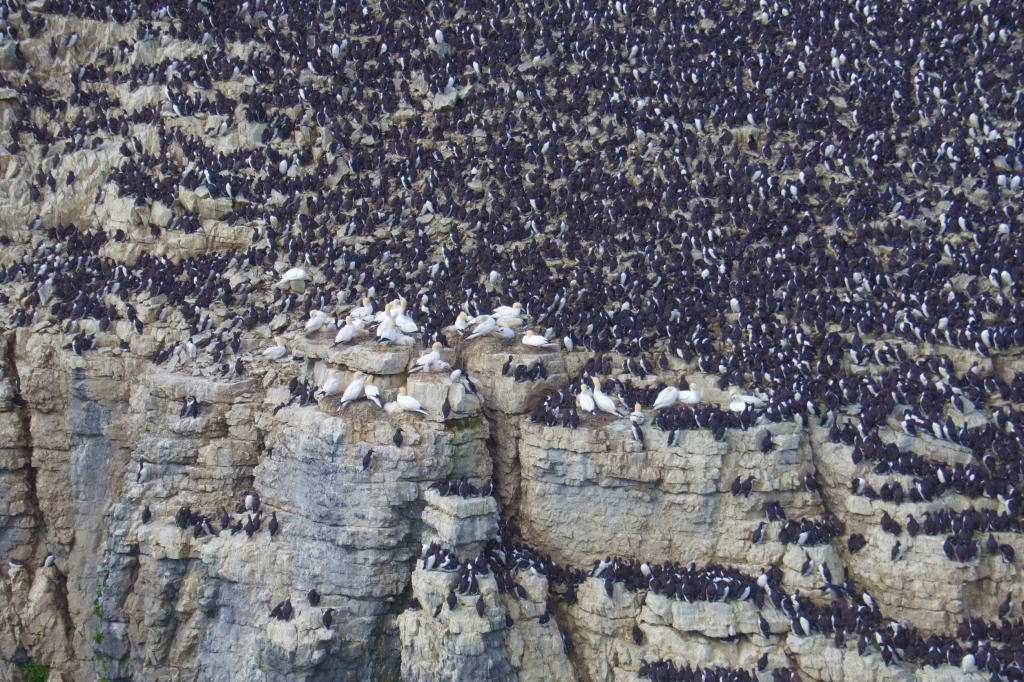Global warming alters the seabird community on Svalbard
A new study based on long series of monitoring data from Svalbard indicates that the abundance of seabird species that are usually found in boreal areas is increasing on the archipelago, while the typical Arctic species are decreasing. This process, which threatens our Arctic seabirds in the longer perspective, is referred to as “borealization”.
Long term monitoring provides answers
The most rapid warming on the globe is currently taking place in the Arctic, and changes have already been observed in the Arctic ecosystems. Research indicates that species that are adapted to a warmer climate (so-called boreal species) will spread north and increase in abundance. Seabird scientists in SEAPOP wanted to test if this shift is also taking place among seabirds, which are top predators in the marine ecosystem. The study is based on analyses of more than ten-year long population data sets for nine of the most common seabird species breeding on Svalbard, and was recently published in Ecology.
Ongoing borealization
The study gives clear indications that populations of boreal seabird species have increased on Svalbard from 2009 to 2018, while populations of Arctic species (predominantly breeding in the Arctic) are decreasing. Striking examples are the northern gannet and the ivory gull. After their first establishment on Bjørnøya in 2011, numbers of gannets have increased to more than 100 pairs on the island, whereas the ivory gull population on Spitsbergen decreased by 40 % from 2009 to 2019. The results of the study confirm that parts of the Arctic fauna are going through a shift from an Arctic to a boreal (or north temperate) state, a process referred to as “borealization”. The most likely cause is that the quality, abundance and composition of the food available for seabirds are changing as a result of increased ocean temperature.
Read the article:
Contact person: Sébastien Descamps, Norwegian Polar Institute
